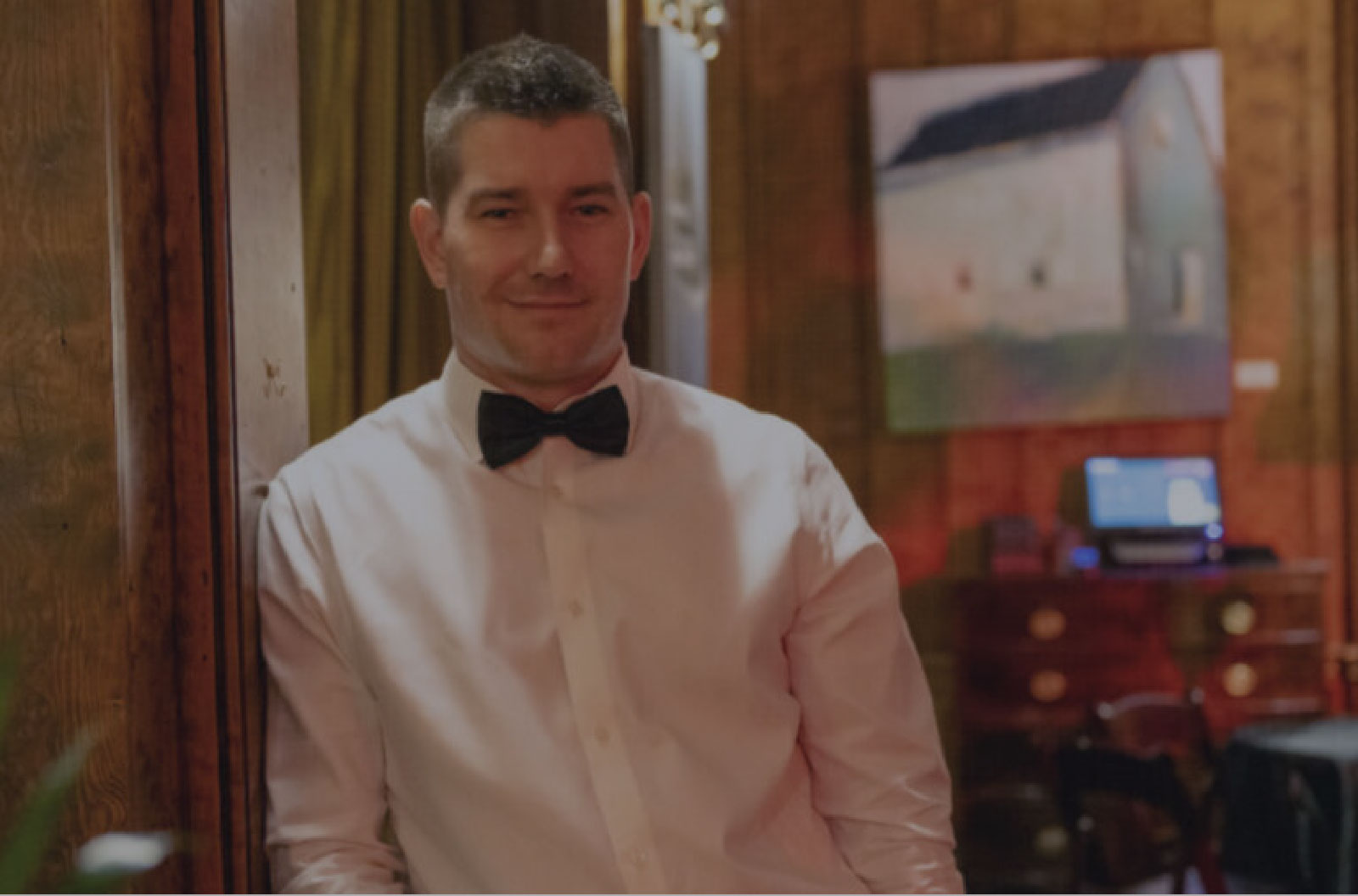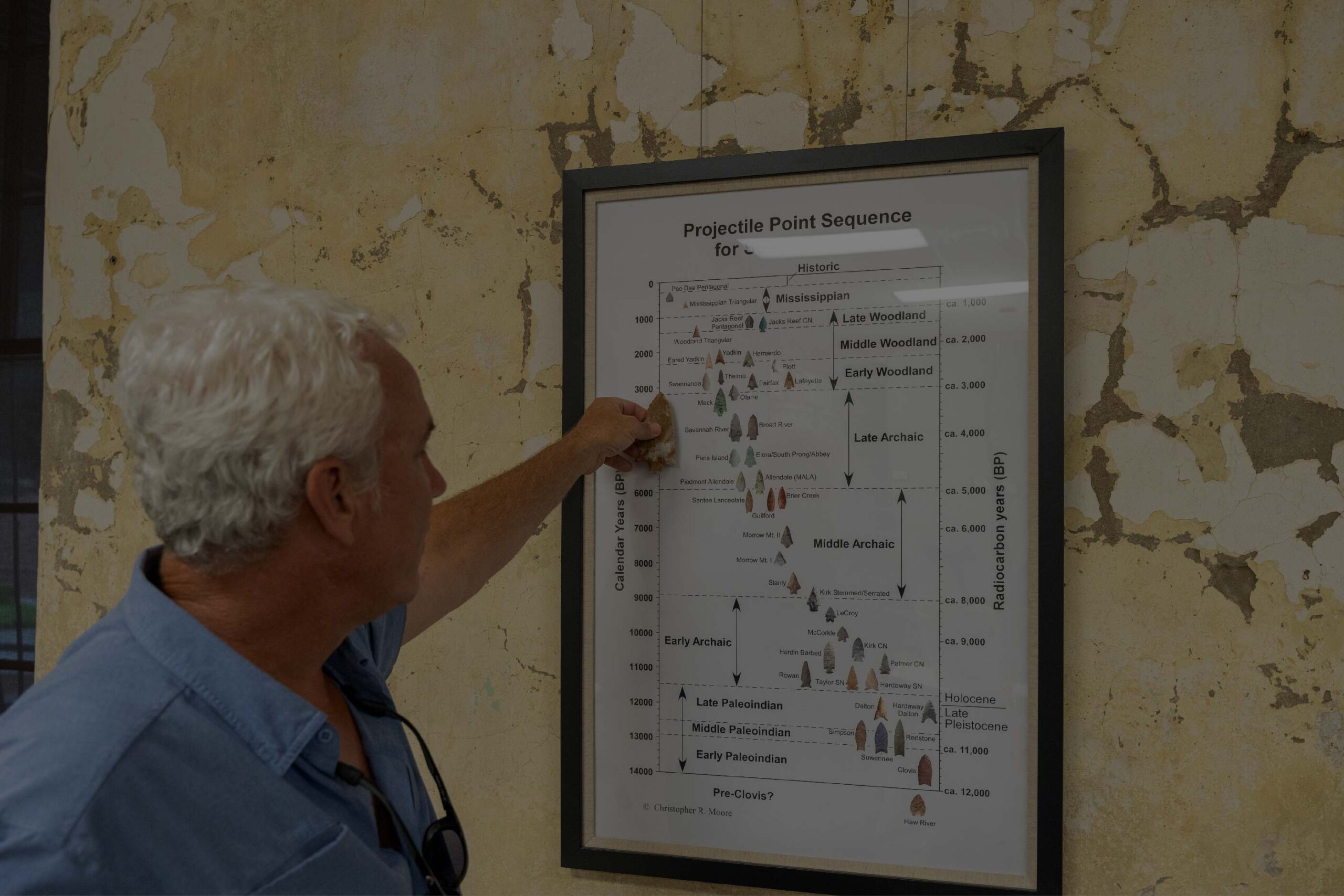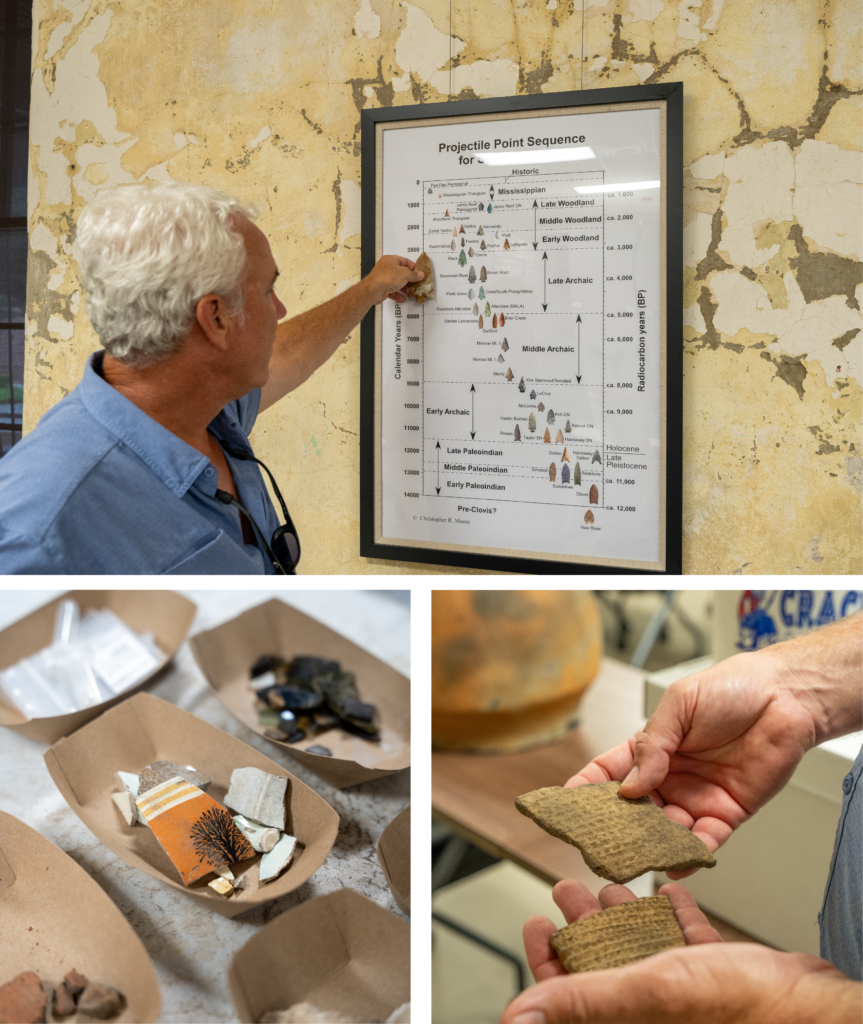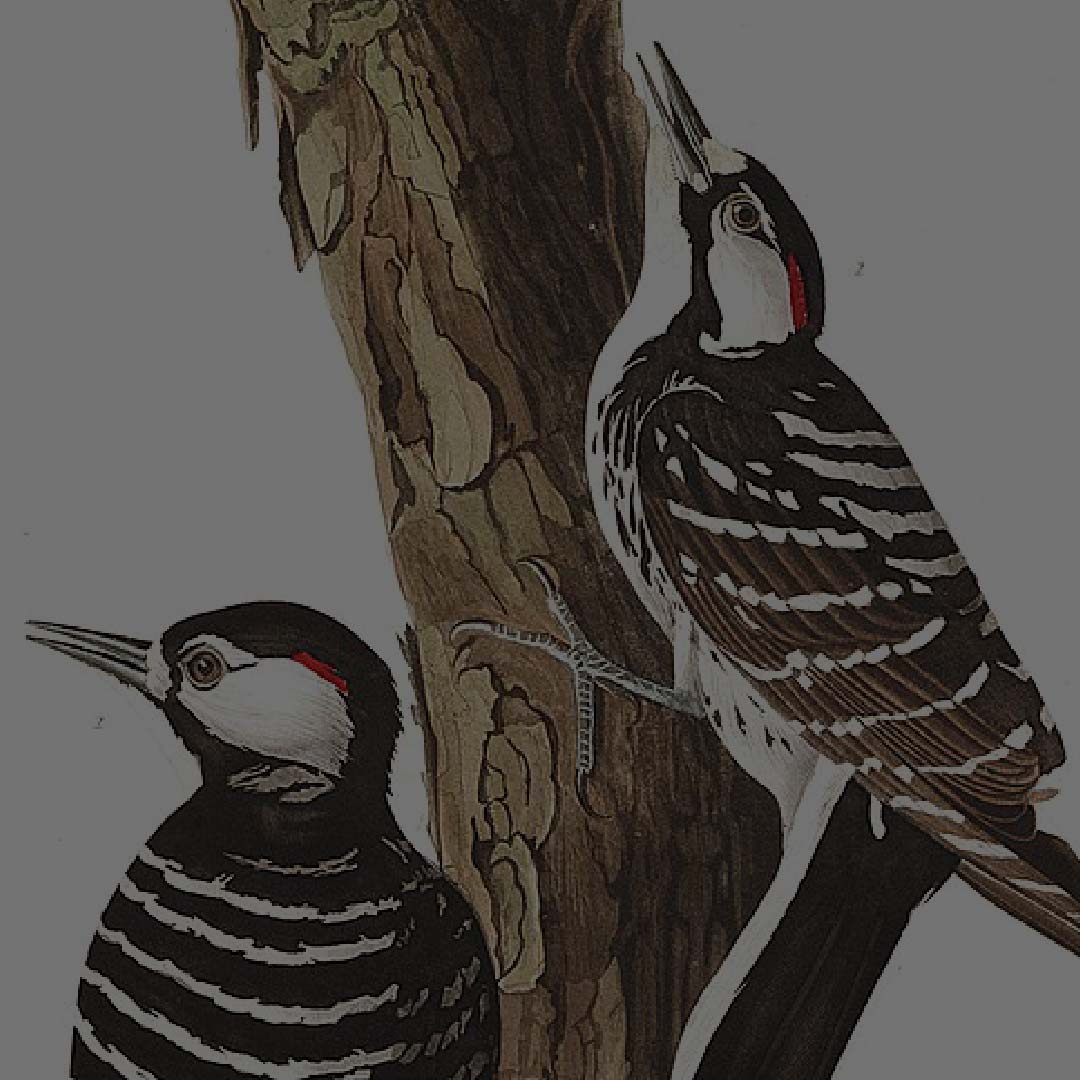Walking through Hitchcock Woods, it’s easy to spot dried sap trailing down the bark of a longleaf pine, evidence of a red-cockaded woodpecker creating its home within the tree. A striking but small bird, its feathers form an intricate pattern of black and white—interrupted only by a wisp of red present on the male’s head.
As a keystone species for the longleaf pine ecosystem, their presence helps other animals thrive as well. The red-cockaded woodpecker creates a cavity in a longleaf pine that will serve as its home. According to Hitchcock Woods Superintendent Bennett Tucker, once the bird no longer lives there, the relic cavity tree can serve as a habitat for any number of woodland creatures,such as flying squirrels and bluebirds.
While the red-cockaded woodpecker is now flourishing, creating new clusters and even venturing beyond the Hitchcock Woods’ 2100 acres into the Aiken community, that wasn’t always the case.
During the Reconstruction era and into the twentieth century, much of the southeast’s vast longleaf pine ecosystems were destroyed for timber — used as exports and to rebuild after the Civil War. Aiken’s Hitchcock Woods remained, however, and the local population of red-cockaded woodpeckers lasted until the 1970s. Then, because prescribed fires were no longer being used to manage the underbrush, the environment was inhospitable to the endangered red-cockaded woodpecker.
For decades, Hitchcock Woods went without this keystone species. But through the Foundation’s preservation efforts and strategic initiatives, including the reintroduction of prescribed fire, the Woods have now been restored to their former glory.
“We wanted to bring the species back. And we had done a lot of management to take care of Hitchcock Woods to kind of turn back the hands of time to create more of this open landscape behind me,” Bennett explained, standing underneath the longleaf pines. “Through prescribed burning and carefully thought out ecologically and sustainable forestry, we conducted thinning operations to open up the understory and the mid-story.”
Now, it was just about getting the red-cockaded woodpecker to return — and, even more crucially, to stay. Coordinating with the South Carolina Department of Natural Resources, the Longleaf Alliance, and other partners, the Foundation released ten red-cockaded woodpeckers into the Hitchcock Woods in 2016. Many members of Aiken’s community showed up to see the birds come home for the first time in decades.
Of the initial ten birds, seven chose to remain in the Woods, settling into the man-made inserts the Foundation built into several longleaf pines before branching out and once more building their own homes. Another ten were released the following year, with more added to the ecosystem after that.
“They’re doing really well,” Bennett said. “We’re about eight years into it, and we’ve got a very healthy population back in Hitchcock Woods.”
Much as Hitchcock Woods once more became a sustainable home for this beloved species, the red-cockaded woodpecker has proven its resiliency — creating new homes for their families and shaping the landscape for generations to come.
Click here to learn more about Hitchcock Woods and their initiatives.















